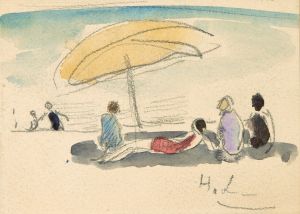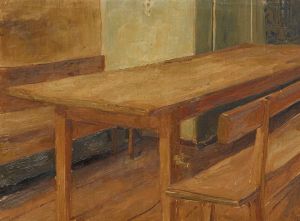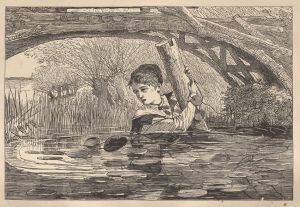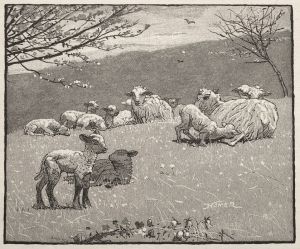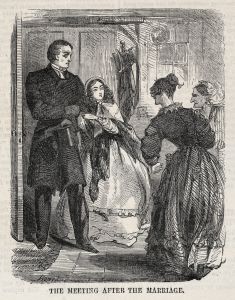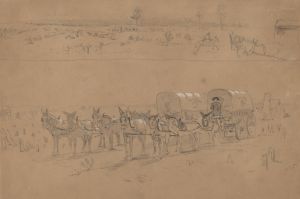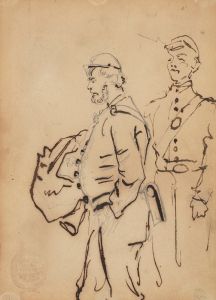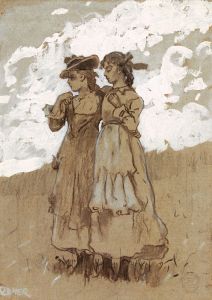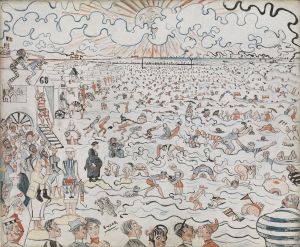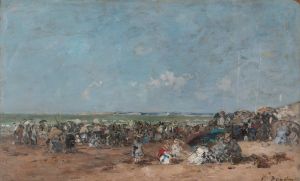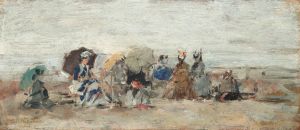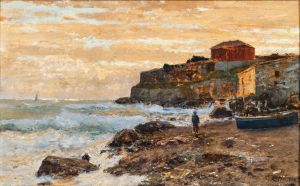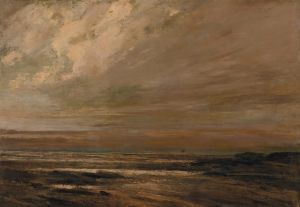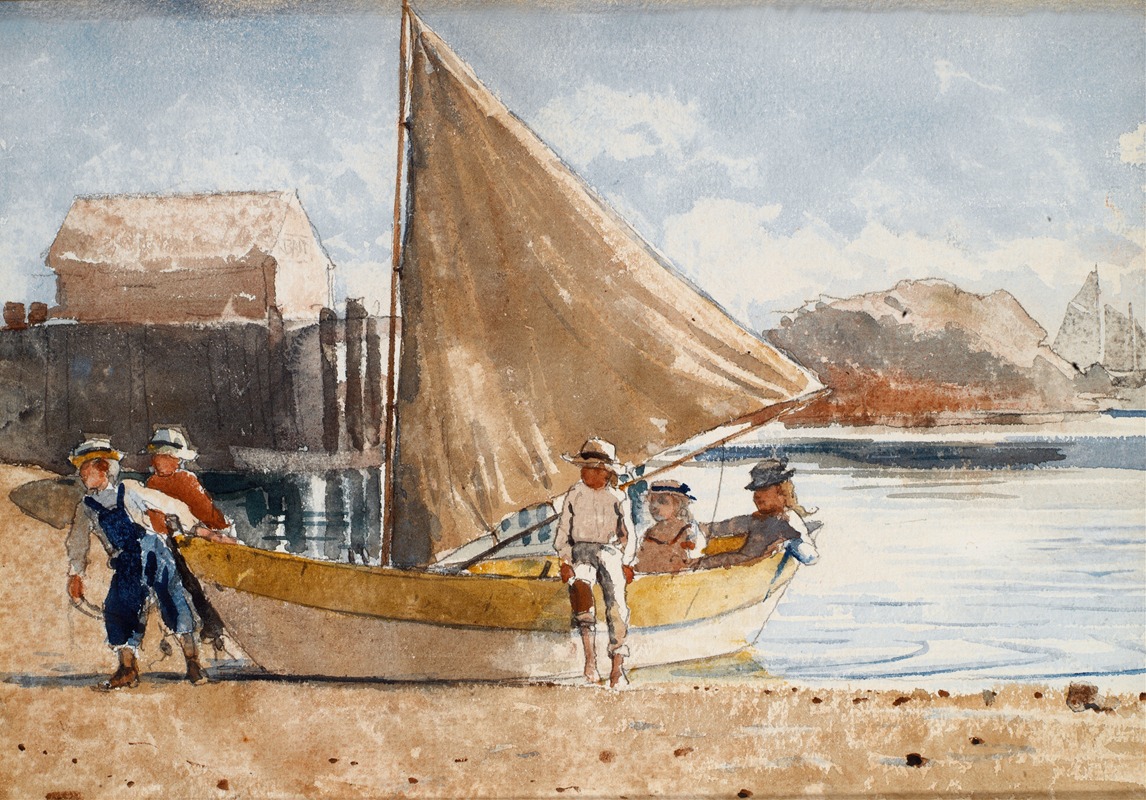
Summertime
A hand-painted replica of Winslow Homer’s masterpiece Summertime, meticulously crafted by professional artists to capture the true essence of the original. Each piece is created with museum-quality canvas and rare mineral pigments, carefully painted by experienced artists with delicate brushstrokes and rich, layered colors to perfectly recreate the texture of the original artwork. Unlike machine-printed reproductions, this hand-painted version brings the painting to life, infused with the artist’s emotions and skill in every stroke. Whether for personal collection or home decoration, it instantly elevates the artistic atmosphere of any space.
Winslow Homer’s Summertime is an oil painting created in 1894 by the renowned American artist. Known for his mastery in depicting the natural world and human interaction with it, Homer’s work often reflects themes of leisure, resilience, and the beauty of the outdoors. Summertime is a notable example of his later career, during which he focused on marine and coastal scenes, particularly inspired by his time living in Prouts Neck, Maine.
The painting portrays a young woman in a white dress seated in a small wooden rowboat. She holds a parasol and gazes outward, her figure illuminated by soft, natural light. The boat floats on calm waters, with the serene environment emphasizing a sense of tranquility and introspection. The composition is balanced with Homer’s characteristic attention to detail, particularly in the rendering of the water’s surface and the interplay of light and shadow.
Summertime reflects Homer’s deep interest in the relationship between humans and nature. The painting’s simplicity belies its technical sophistication, as Homer employs a restrained palette and precise brushwork to evoke a peaceful yet dynamic scene. The work also demonstrates his ability to capture the ephemeral qualities of light and atmosphere, hallmarks of his mature style.
This painting is part of Homer’s broader body of work that often features women in outdoor settings, engaging in leisurely activities. Such depictions were common in late 19th-century American art, reflecting cultural ideals of femininity and the growing popularity of outdoor recreation during this period. However, Homer’s approach is distinct in its focus on the individual’s quiet connection to the natural world, rather than overtly sentimental or idealized portrayals.
Summertime is housed in the collection of the National Gallery of Art in Washington, D.C. It remains a celebrated example of Homer’s ability to combine technical skill with evocative storytelling, offering viewers a glimpse into the harmonious coexistence of humanity and nature.





